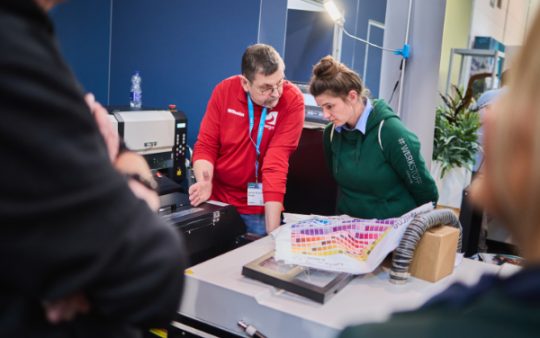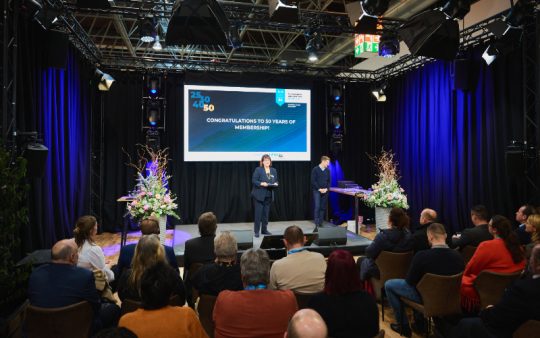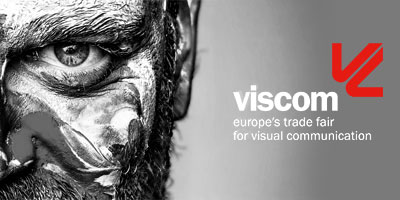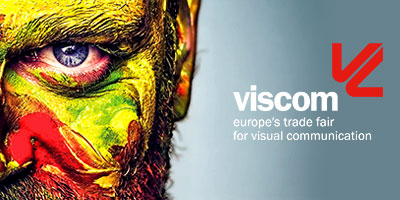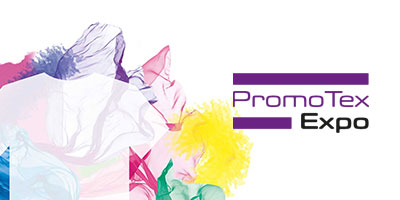Embroidery Exhibition “History in Fashion”

Published on 05.12.2019
Leipzig’s Grassi Museum presents a Surprising Array of Embroidery spanning 1500 Years
Until 29 March 2020 the renowned Grassi Museum for Applied Arts in Leipzig will be hosting a special exhibition dedicated to the theme of embroidery in fashion. Its curator Dr. Stefanie Seeberg has selected some 130 historic objects, the majority of which hail from the museum’s own and largely unknown textile collection, to be presented to the public for the first time.
The displays include fragments from Ancient Egyptian funerary objects as well as embroidery from the Middle Ages, the Baroque Era and the Roaring Twenties. Each of the themed exhibition rooms, however, also contains contemporary exhibits. This means pieces from the current collections featuring famous fashion labels demonstrate how historic embroidery elements are still serving as an inspiration for designers. An intriguing clash results from juxtaposing highly elaborate, age-old and precious needlework with mass products cheaply produced in the Far East – fast fashion that features deliberately and industrially produced embroidery defects designed to appear like hand-made one-off pieces.
Also causing a stir is a modern, black robe care of Swiss luxury label Akris, which sparkles with embroidered LED lamps. In the next room visitors are already taught that the omnipresent themes of up and recycling are by no means a present-day invention. On display are 18th century christening robes made of recycled bed and table linen. These are contrasted with works by Patricia Thoma, who sews wedding dresses from garbage bags. Some visitors will only – if at all – identify this “fabric” on taking a closer look since these dresses are enhanced with elaborate embroidery and top-stitching as well as the use of mink collars.
Most exhibition rooms are only sparsely lit to avoid damage to the sensitive old fabrics, yarns and materials. The last room, however, the museum’s “Orangerie”, appears open and floodlit on purpose and with vistas of the splendid museum garden.
Here the modern works are on show. In close cooperation with the Burg Giebichenstein Academy of Fine Arts in Halle and headed by Prof. Bettina Göttke-Krogmann new approaches to applying today’s manual and machine embroidery were developed. Nine textile design students addressed the theme of embroidery in fashion here in a very committed and creative but also critical manner. The study objects were produced both manually and on hand-operated sewing machines. An industrial embroidery machine specifically made available for this project by embroidery machinery producer ZSK from Krefeld was also used.
One of these state-of-the-art automatic embroidery machines will also be exhibited at the museum for the duration of the exhibition. The side events accompanying “History in Fashion” also include an open workshop to be held at regular intervals. Here, Magdalena Orland, M.A. at the textile faculty of Burg Giebichenstein in Halle, will provide insights into machine and hand embroidery.
The exhibition is rounded off by a lavishly produced catalogue with explanations and illustrations of all exhibits on display.
Photos: Esther Hoyer, Grassi Museum Leipzig





